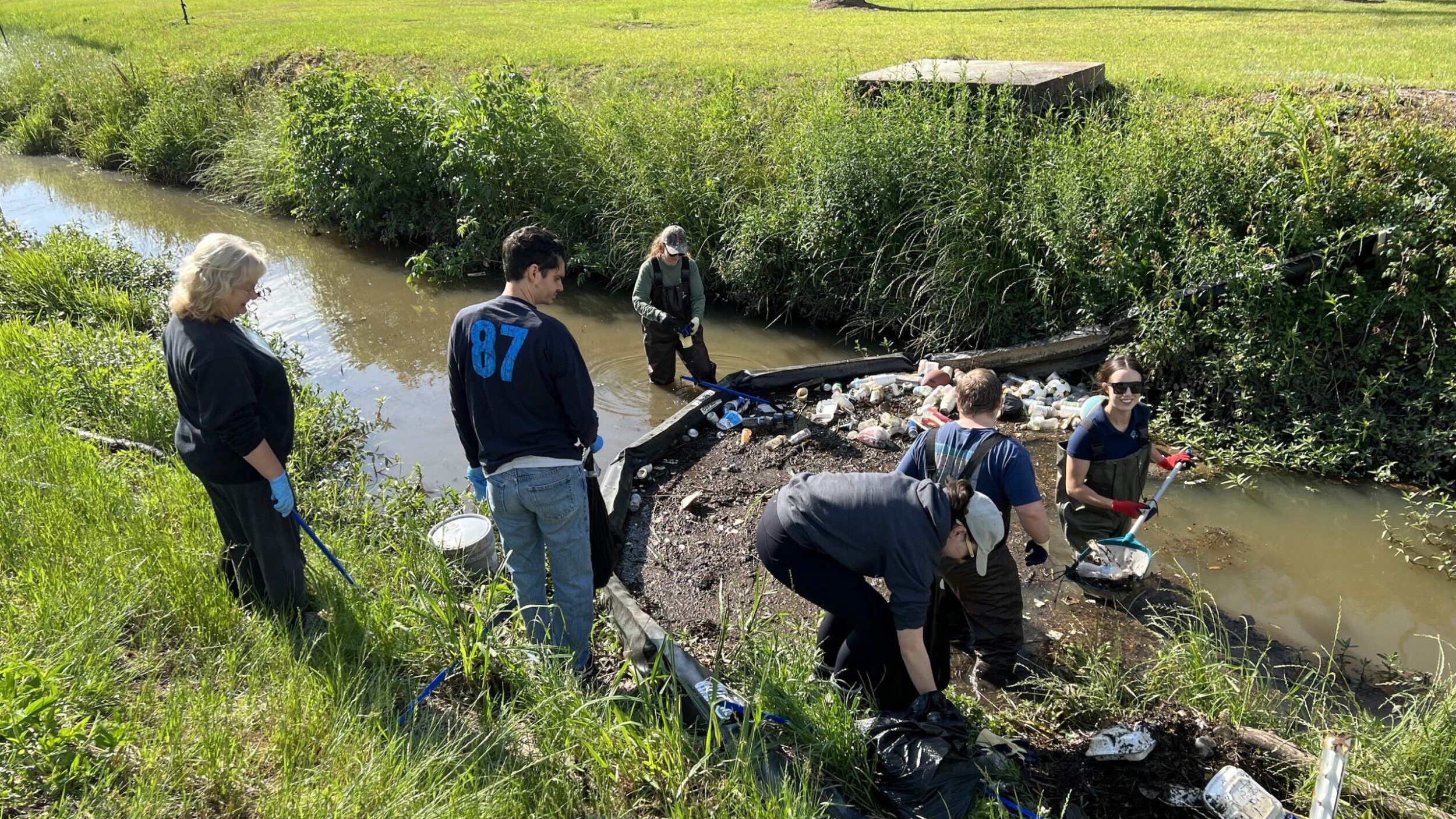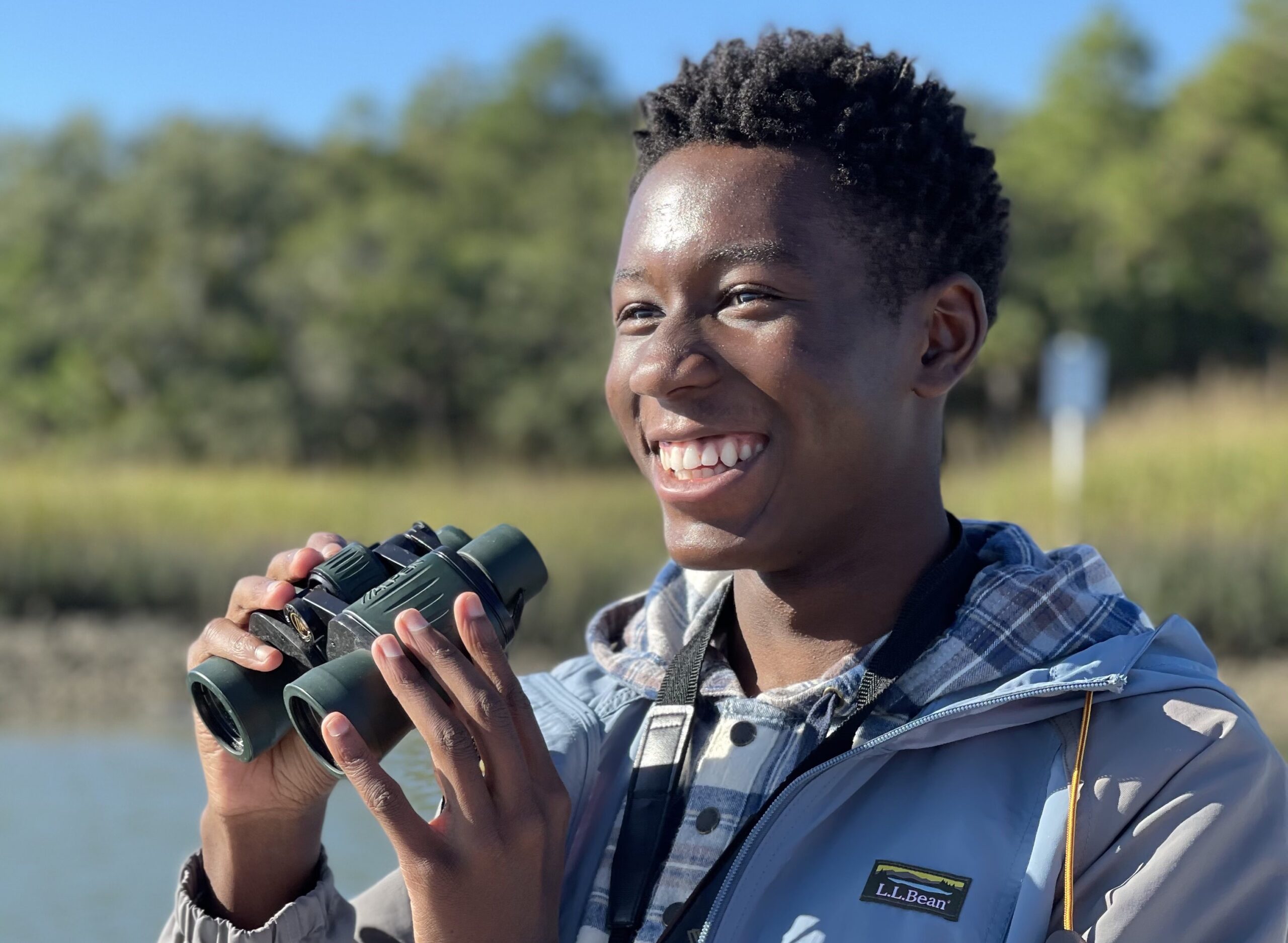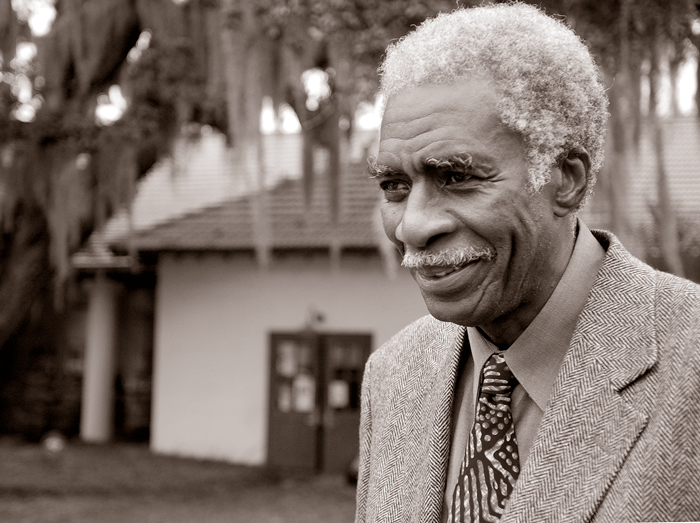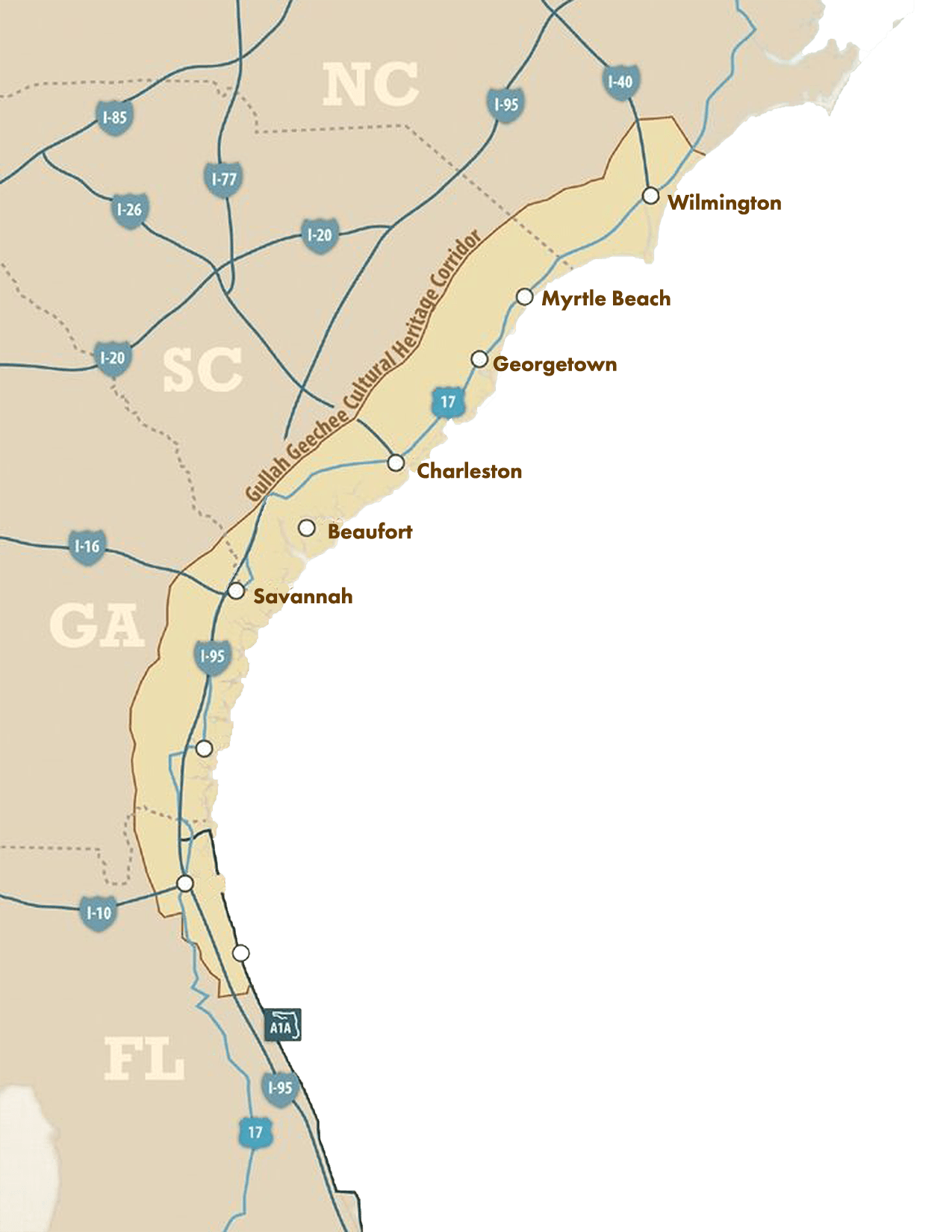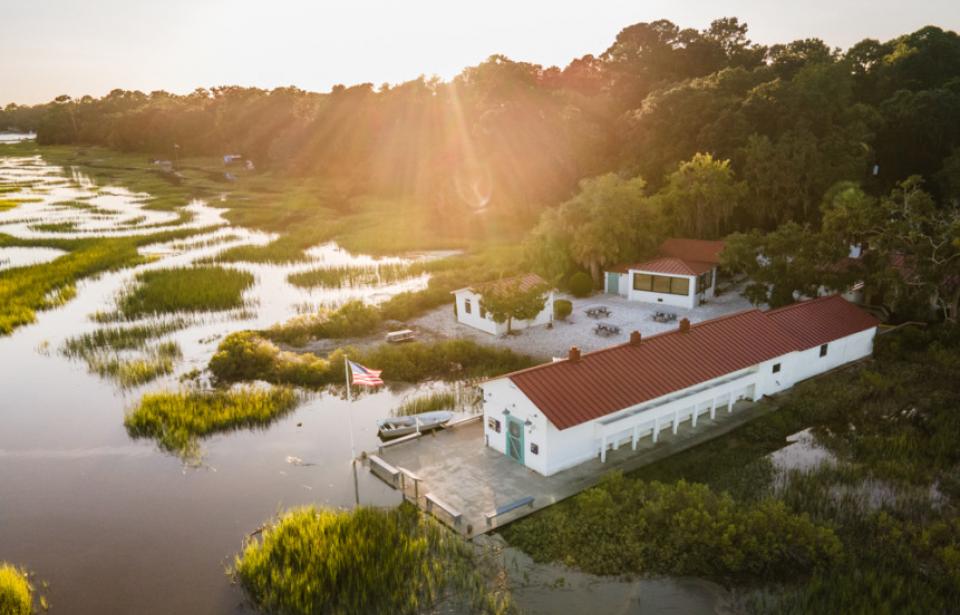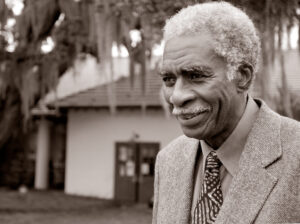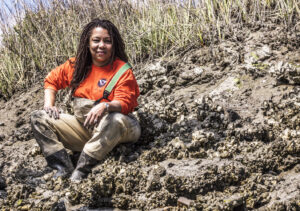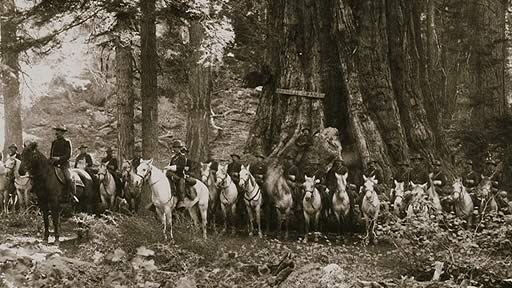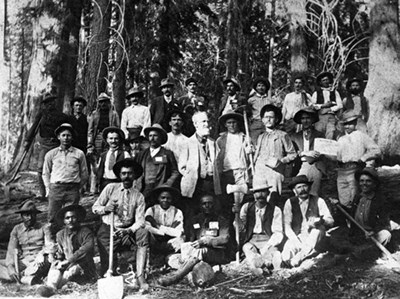Isaiah Scott can’t pinpoint exactly when he first became enamored with nature. He grew up in the Savannah area and spent plenty of time outside and playing in the backyard. Like most kids, he was really into nature books, especially ones about dinosaurs. But he does recall when he first became interested in birds.
The family was taking his older brother to visit Cornell and Scott saw a brochure for their Lab of Ornithology. He insisted they visit and it was transformative for him. “I got my first pair of binoculars from their gift shop. I had the best time birding that day.” He was 13. Now with a successful bird art business and sponsored deals, he’s set to head off to Cornell himself in the fall.
View this post on Instagram
“Birding helped me find my identity,” Scott says. “I found a fiery passion.” Yet Scott was keenly aware that he wasn’t your typical birder – he was barely in high school and he was a young Black man. “At first, it didn’t feel normal for Black youth, but then I realized it made me feel unique and I wanted to be a leader in the field. And when I learned about Dr. J. Drew Lanham, that inspired me to keep going.”
Scott found a community of birders online and connected with enthusiasts from around the world. They traded photos of rare birds and tips for finding unusual species. They also created a network of support and encouraged one another. If Scott started out with the sense he was alone in his interest, those days are over. “The outdoors belong to everyone,” he says. “There’s a whole movement and I’m almost overwhelmed.”
He has also turned his love of birds into a bit of a cottage industry. A self-taught artist, he paints realistic images onto leather bags and notecard sets. He even sold one to his hero Dr. Lanham. “I was just drawing in class one day and a teacher said I should try a wood duck. That was when people saw what I could do.”
View this post on Instagram
Scott is the 2021 recipient of the Eckelberry Fellowship from Drexel University, a project fund that will allow him to further research the Gullah-Geechee connection to the land. His aim is to publish a birding field guide using Gullah-Geechee language, terms, and knowledge. He cites the example of the bobolinks which would stop to feed on plantations, being known as ‘rice birds’ to the enslaved people. “I also want to visit Barbados and track the movement of the enslaved people and see how they connected nature in these areas.” The grant will be administered by Ogeechee Aubudon.
As he gets ready to head up to Ithaca, he’s decided to major in environment and sustainability. It’s my lifestyle and I always have the mindset to conserve and protect the environment.” And, of course, he’ll spend plenty of time at the Ornithology lab.
This is the third in a series of posts about Black environmentalists. Read the stories of the Colonel Charles Young, Gullah-Geechee Heritage Corridor, and Dr. Sue Ebanks.
